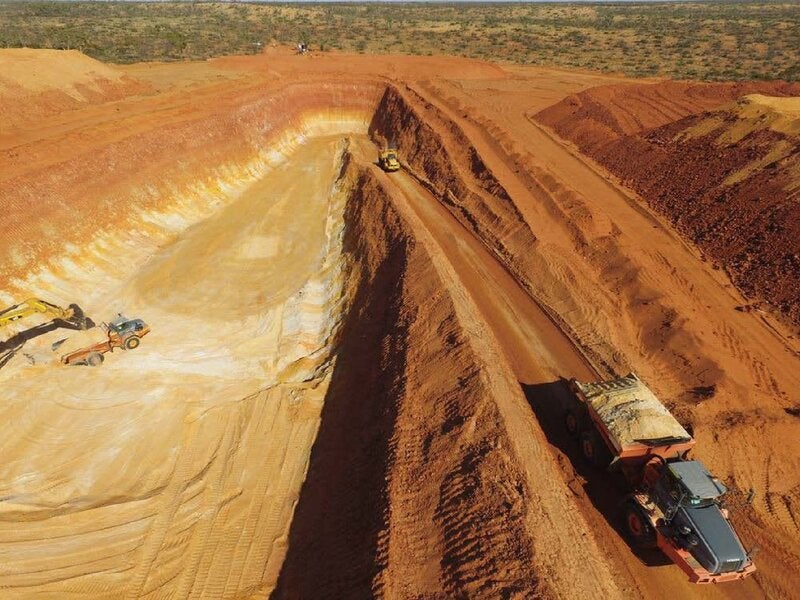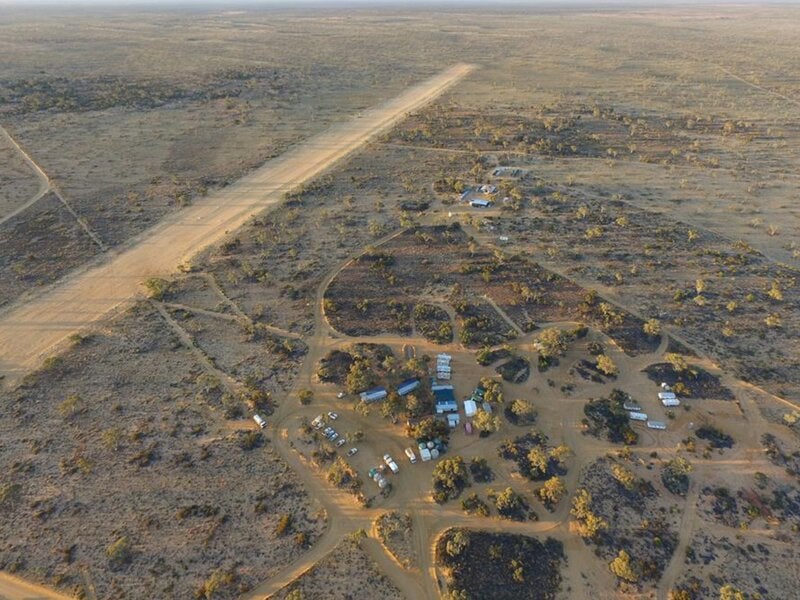The Mulga Rock is an open-pit uranium mining project being developed by Vimy Resources in the Great Victoria Desert of Western Australia.
The pre-feasibility study (PFS) for the project was released in November 2015, while a definitive feasibility study (DFS) was completed in January 2018 followed by an announcement on an update to the DFS in August 2020.
The Mulga Rock project (MRP) was also granted state and federal approvals in December 2016 and March 2017 respectively.
Expected to commence operations in the third quarter of 2023, the project is expected to produce approximately 3.5 million pounds (Mlbs) of triuranium octoxide (U3O8) per annum over an estimated mine life of 15 years.
Vimy Resources is also exploring the potential of a base metal plant design to recover copper, zinc, nickel, and cobalt as mixed sulfide by-products from the tailings of the Mulga Rock uranium plant.
Location, geology, and mineralisation
The Mulga Rock uranium project lies in the Shire of Menzies, within the Mount Morgan district, in the Great Victoria Desert of Western Australia, approximately 290km away from the regional mining city Kalgoorlie-Boulder.
The project comprises M39/1104 and M39/1105 mining leases covering two separate mining areas, namely Mulga Rock East and Mulga Rock West. The combined length of the mining area is approximately 30km with the length of individual deposits ranging from one to eight kilometres.
The Mulga Rock East area comprises the Ambassador and Princess deposits, whereas the Mulga Rock West region holds the Shogun and Emperor deposits. The ore zones at the Ambassador and Princess deposits are up to 38m thick, while Shogun and Emperor deposits are up to 8m thick.
The uranium and base metals mineralisation in the project area occurs in Eocene, supergene enriched, carbonaceous sediments.
Uranium reserves at Mulga Rock
The total proved and probable ore reserves at the Mulga Rock project are estimated to be approximately 22.7 million tonnes (Mt) grading 845 parts per million (ppm) U3O8, containing 42.3Mlbs of U3O8.
The total estimated ore resources are approximately 71.2Mt containing 90Mlbs U3O8.
Mining and ore processing
The open-pit strip mining techniques will be employed to extract the ore. The run-of-mine (ROM) ore feed will be crushed and sent to a beneficiation plant where it will be pulped in a log washer to remove the clay material.
The ore from the beneficiation plant will be screened and stockpiled before being trucked to the main hydrometallurgical process plant where it will pass through a semi-autogenous mill, leaching, and a resin-in-pulp (RIP) circuit for the recovery of uranium.
The final uranium product will be washed, filtered, dried, and packed in steel drums and sea containers for transport.
Infrastructure facilities
The other infrastructure facilities for the Mulga Rock uranium project include the main and internal access roads, an accommodation village, workshops, warehouses, bore field pumps, uranium packaging building, fuel storage and distribution facility, potable water supply, and wastewater treatment systems, an airstrip, and a diesel-fired power station.
Contractors involved
GR Engineering Services (GRES) was engaged to prepare the definitive feasibility study report; while Amec Foster Wheeler and AMC Consultants completed the pre-feasibility study of the project.
Piacentini & Son was contracted for the excavation works of the test pits at Mulga Rock, while Coffey Mining was engaged to review the resource estimates of the project.
Mulga Rock uranium project background
The Mulga Rock uranium deposit was discovered by the Japanese Government-owned Power Nuclear Corporation (PNC) in 1978.
While PNC explored the project from 1978 to 1990, Eaglefield acquired the project after PNC’s withdrawal from Australia due to the Asian financial crisis in 2000.
Subsequently, Eagelfield sold the Mulga Rock project to Energy and Minerals Australia, which was renamed Vimy Resources in 2014.





